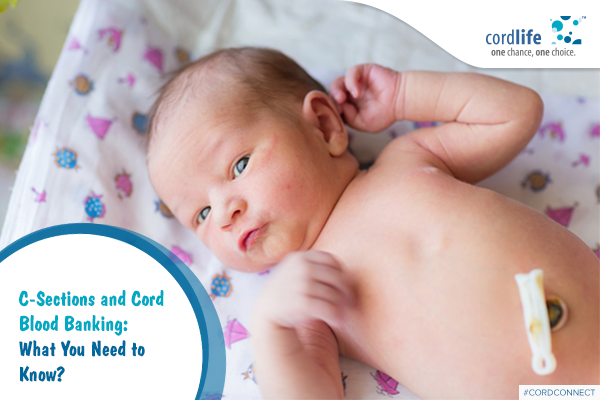Table of Contents
Having a baby is anything but easy. You need to prepare yourself mentally to be able to go through the pregnancy, labour and delivery experiences as stress-free as possible. As your due date comes closer, your doctor has probably broached the subject of possible birthing options that are available to you. If you have basically had an uncomplicated pregnancy then a vaginal birth is definitely on the cards. However, C-section is also something that you must have talked about during your pre-natal visits.
If an elective C-section has already been decided then banking the cord blood and the tissue at the time of birth is really simple. All preparation for the collection of the sample can be made prior to the birth. A phlebotomist from the cord blood organization will be present during the surgery along with the collection kit. If the representative is not able to make it, then a nurse or even the doctor can collect the sample and temporarily store it in the collection kit that you are meant to carry with you to the birthing center.
If cord blood banking is something that you have decided to invest in, having an unplanned C-section might actually have some impact on the process. A major surgery that is performed under sterile conditions, it is only the doctor in question that can approve what can or cannot be a part of the operational area as concerns about infection are on top of their priority list.
Contrary to what you may think, it’s not a completely hopeless scenario and cord blood collection can still happen even for unplanned Cesareans. Most private cord blood banks manufacture their collection kits keeping in mind meeting the sterility parameter in the operating room. Similar to any surgical instruments, the collection bag – both inside and outside should be FDA sanctioned for usage in a clinical area.
In comparison to vaginal birth, there is a slight modification in the collection procedure for a Cesarean. Collection of the sample can only start once the gynecologist executing the surgery has completed the process and has additionally finished off with sealing the uterus. The surgeon should also have taken care of any other medical trepidation of the mother and the baby before progressing towards collecting the cord blood sample. There is a deferment involved in the collection process than a vaginal birth where the action is more immediate. Hence, the cord tends to yield less amount of blood.
It may not be what you desire but having a C-section is a very real possibility for every pregnant woman today. For certain complicated pregnancies, it can actually be a lifesaving action for either a mother or the child. Since protection is what we are seeking, banking your child’s cord blood and tissue is the next rational move towards ensuring a healthy future for your baby and the family.
